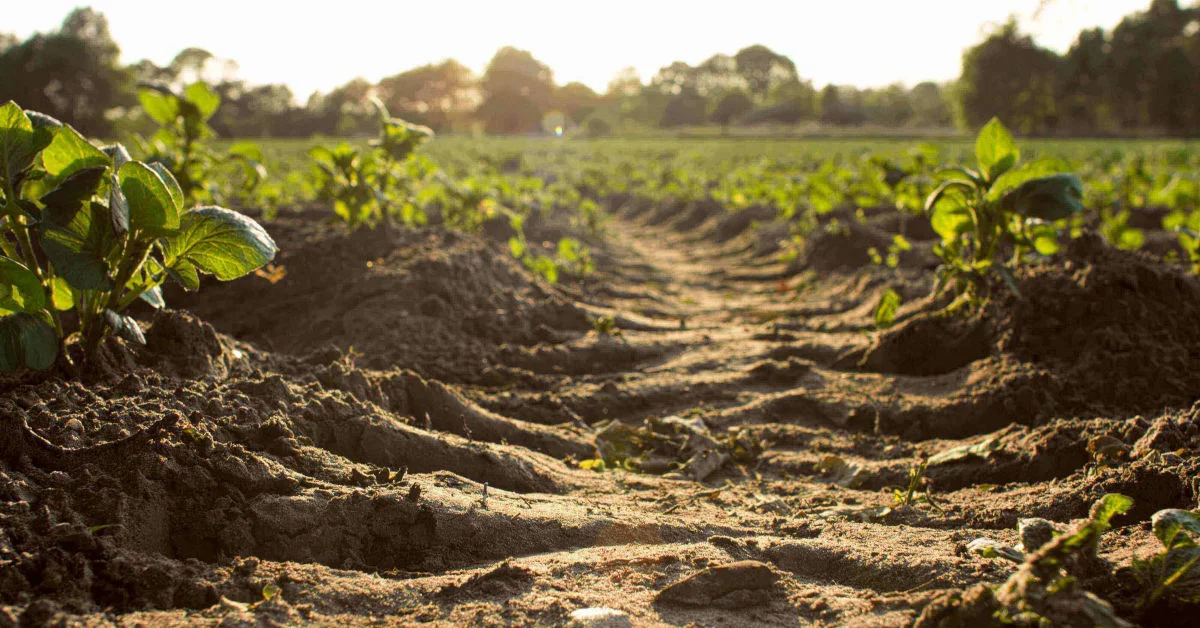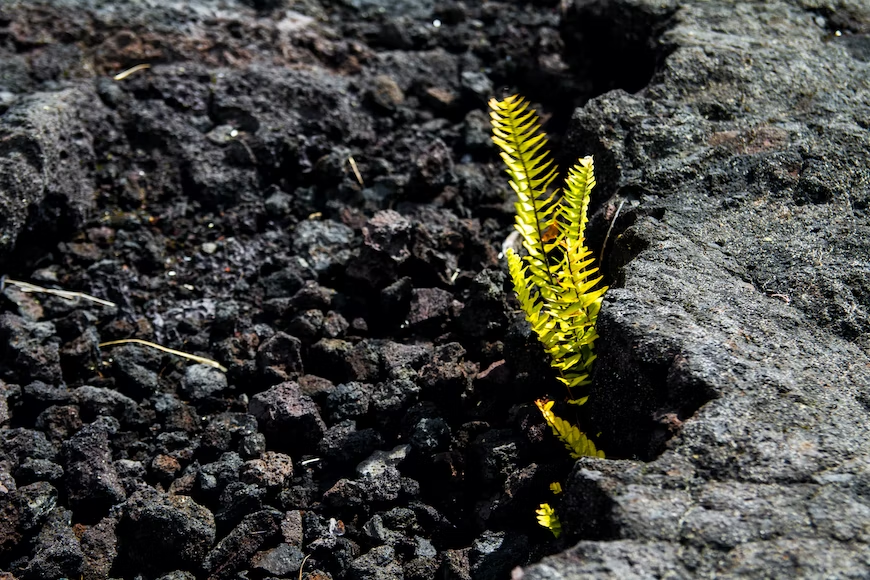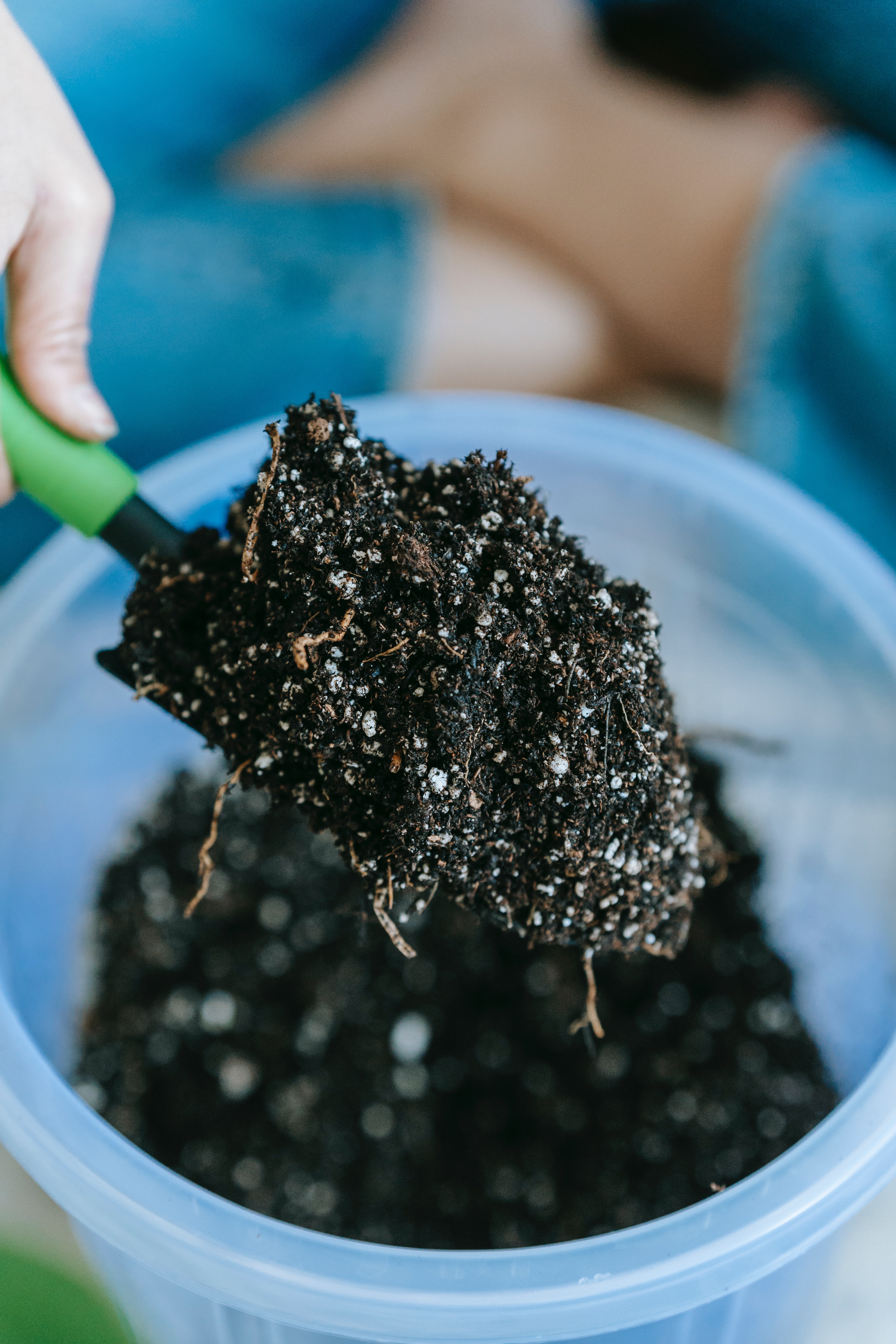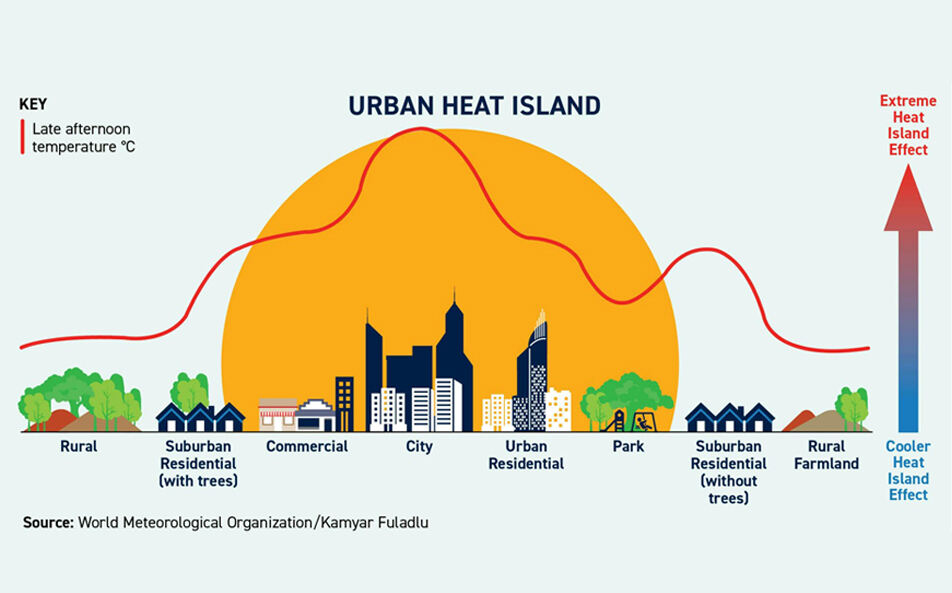
The United Indian

Have often heard mid aged people often complaining about the deteriorating quality of fruits & vegetables in todays’s time? Well, they might be actually right and all thanks to the deteriorated soil quality that we have in present conditions.
Soil is one of the earth's most important natural resources. It’s a rich and complex ecosystem, accommodating a staggering array of biodiversity. Therefore, the significance of soil on life is vast. Healthy soils are essential for healthy plant growth, human nutrition, and water filtration. Soil is also an indicator of environmental quality, and its health can indicate the overall health of an ecosystem. They are diverse in terms of their structure, depth, texture, and fertility ie each type of soil has its own features and composition. They can be categorized into sandy soil, silty soil, clay soil, peaty soil, saline soil, and loam soil.
Each type of soil is useful for particular functions like some are suitable for producing crops, some for construction, and then pottery and prevention of water runoff, and much more. We would here like to talk about one of the Importance Of Black Soil, ie one of the most crucial soils in the world, owing to its ability to retain water and its wide variety of fertile layers.
Black Soil : World’s Food Basket
Black Soils are also called as Regur soil. These are rich in metals such as Iron, Magnesium and Aluminum. This type of soil is considered to be of high quality and is often used for agricultural purposes. Lava spread from Volcanic eruption leads to the formation of black soil from rocks. Black soils are carbon-rich and highly fertile soils known as the world's food basket due to the variability of crops they sustain. These are very fine and dark and have a high proportion of calcium carbonate and magnesium carbonate and are very clayey. The soil is exceptionally moisture resistant and very sticky when wet. For decades, these fertile soils have been widely cultivated and have played a key role in the global agricultural production of cotton, cereals, tuber crops, oilseed, pastures, and forage systems. It is also suitable for growing crops such as peanuts, wheat, tobacco, coffee, cocoa, spices and jowar.
These black earth belts, which account for only 5.6% of the world's land area, provide food for not only the 223 million people who live there but also for millions of others in nations that import goods made in black soils, significantly contributing to the growth of the global economy and food security. This shows the importance Of Black Soil in human lives. In India, black soil can be found in the irregular triangular area covering the Deccan, including the plateaus of Maharashtra, Savlarstra, Malwa, Madhya Pradesh and Chhattisgarh, and extends southeastward along the Godavari and Krishna valleys. While 31 percent of global black soils are cultivated, great portions remain with their natural land cover of forests and grasslands.
Significance of Black Soil
The importance Of Black Soil lies in the fact that these fertile giants feed billions, store carbon, and quench droughts – protecting our planet and nurturing our future.
1. These soils are best suited for cotton crops. Rice and sugarcane are equally important crops grown where irrigation facilities are available.
2. These directly impact climate change mitigation and adaptation due to their ability to remove carbon from the atmosphere and lock it up in soil organic matter.
3. In some cultures, black soil uses are also associated with health and prosperity.
4. These also promote the preservation of biodiversity through the best traditional agricultural practices.
5. Black soils have the potential to provide 10% of the total Soil Organic Carbon (SOC) sequestration globally if they receive proper attention.
6. Black soils have distinctive soil properties that are key for providing essential ecosystem services, for example, high soil organic matter contents and cation exchange capacities, better soil physical properties.
Global Status on Black Soils : An Eyeopener by FAO
Unfortunately, this rich treasure is under threat as Black soils are quickly losing their SOC stocks. Most of them are suffering from moderate to severe erosion processes along with nutrient imbalances, acidification and biodiversity loss. Land-use change, unsustainable management practices and excessive use of agrochemicals are the major factors that have led to this situation.
Understanding the importance Of Black Soil in our ecosystem, The Food and Agriculture Organization (FAO) marched forward and marked World Soil Day 2022 (5th December) with the launch of its first Global Status on Black Soils, which are at greater risk than ever due to the climate crisis, biodiversity loss and land use change. Global status of black soils is the first ever report to focus on the topic. Preserving natural vegetation on black soils such as grasslands, forests and wetlands and adopting sustainable soil management approaches on cropped black soils were the two main goals highlighted by the report. The report also highlights recommendations for farmers, national governments, research and academia and the global platform International Network of Black Soils.
Although black soils account for only 8.2 percent of the Global Land Area (FAO, 2022a), the importance Of Black Soil can not be understated in context of food security, as highlighted by the UN Sustainable Development Goal of global food security. Thanks to this report, Black soils are a hot topic in agriculture these days, making experts wonder what the status of black soils is and what needs to be done to improve them.
Northeast China promotes conservational tillage on fertile land : A Case Study
Black soil covers an area of 1.09 million square kilometres in the Northeast China region, including around 29 million hectares of farmland. But after continuous efforts and practices like returning maize straw to the farmland for mulching purposes not only increased the amount of organic matter in the soil but also helped prevent wind and water-driven soil erosion and preserve soil moisture, Xi said, adding that the so-called Lishu model was worth promoting. They followed the theory that "The key to conservational tillage is to plough less soil through the no-tillage and stalk-covering technology. The technology of mechanized planting, the processes of cleaning straw, ditching, fertilizing, sowing and covering soil can be completed in a single operation. "After five years of the no-tillage and stalk-covering operation in the experimental area, the soil organic matter increased by about 0.1 percent per year, six times that of conventional farming."
Key Takeaways
For Farmers –
- Maintain or even increase SOC stocks through proven SSM practices, such as no-till, manure addition, biochar, biomass management, organic mulch, perennial crops, no-till strip tillage, and soil and water conservation techniques.
- Small watershed resource management to conserve moisture and reduce erosion.
- To reduce the impact of tillage and seeding systems on soil health, the frequency (number of passes across the field) and intensity (mass of soil disturbed) of soil passes must be reduced.
- Maintaining a low quantity but high frequency of mulch might efficiently boost soil health without compromising crop yields and as well optimize the use of stover.
- Cover crops can be a good practice for sustainable black soil management and needs to be adapted to the farming system, black soil types and climate.
For government organizations -
• Foster the adoption of proven sustainable soil management practices by empowering farmers through national financial incentives to protect black soils.
• Promote the RECSOIL (Recarbonization of Global Soils) initiative in countries with black soils.
• Establish national programmes specifically including targeted research to manage and restore black soils.
References
- https://www.pmfias.com/alluvial-soils-black-soils-soil-types-of-india-bhabar-terai-bhangar-khadar/
Read more in Environment
May 27, 2025
TUI Staff
May 27, 2025
TUI Staff

Stay Tuned with The United Indian!
Our news blog is dedicated to sharing valuable and pertinent content for Indian citizens. Our blog news covering a wide range of categories including technology, environment, government & economy ensures that you stay informed about the topics that matter most. Follow The United Indian to never miss out on the latest trending news in India.
©The United Indian 2024












